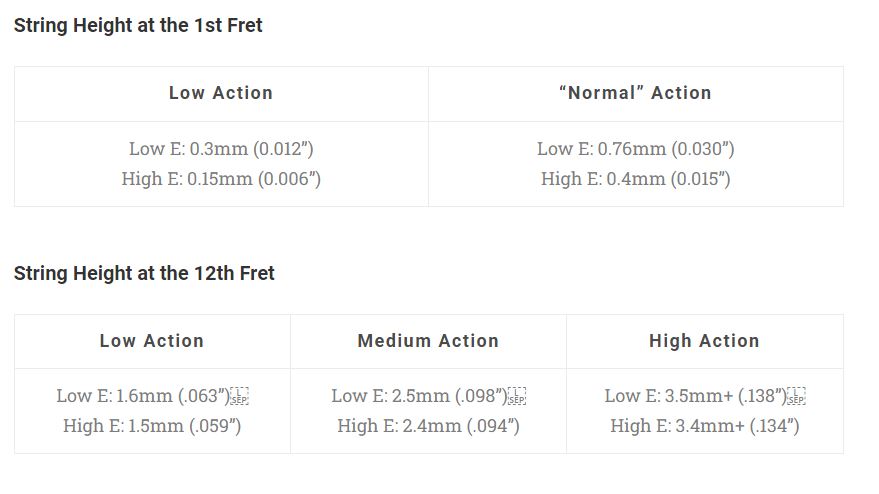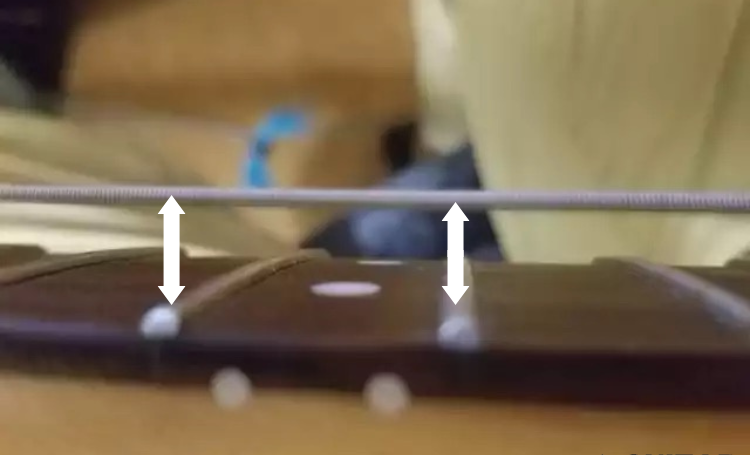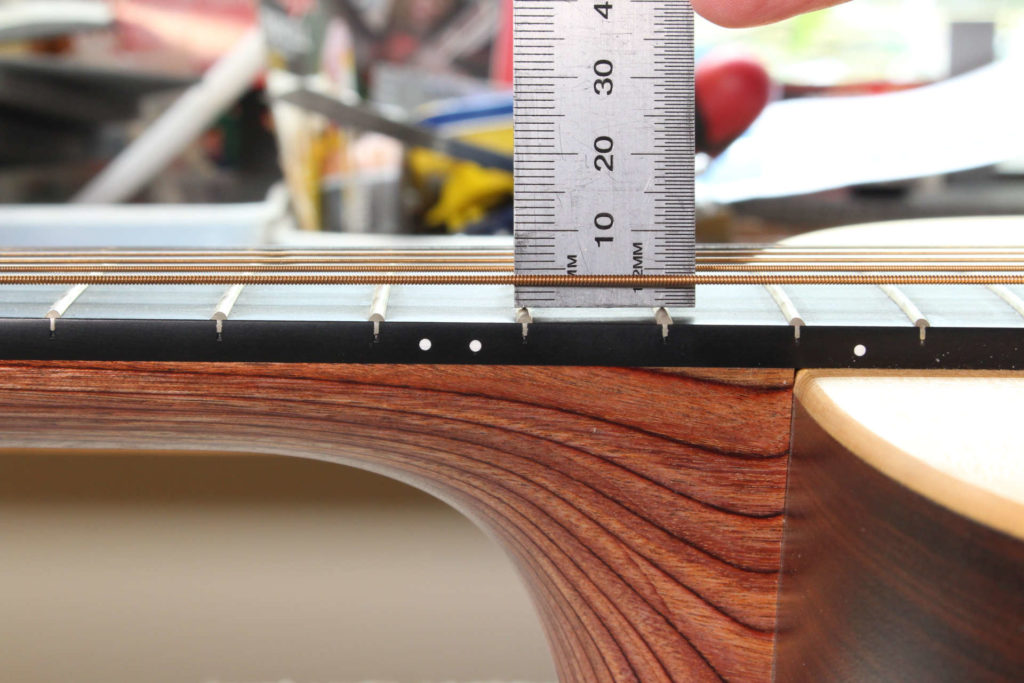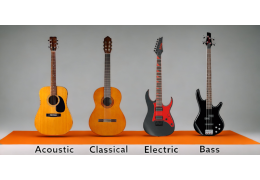As a guitarist, one of the most important decisions you will make is choosing the right set of strings for your...
How to Identify Defects on an Acoustic Guitar
Blog Introduction:
For guitar players, acoustic guitars can bring a special kind of joy and satisfaction. The sound resonates beautifully in both the player and the listener\'s ears, creating an unmatchable experience. But what happens when you have played your guitar for a while, and it starts to sound off? You may be tempted to sell it off or buy a new one, but before you do that, you need to identify the defects on the guitar.
Blog Body:
1. Check the Action
The guitar\'s action refers to the height of the strings above the fretboard. It can be affected by several things, including weather conditions and playing habits. If you notice that your guitar feels harder to play, it could be due to high action. To check, set a ruler or straight edge on the 12th fret and measure the distance between the fret and the bottom of the string. If the action is high, you might need to adjust the truss rod or have a technician work on the guitar.



2. Follow the Sound
The sound from an acoustic guitar should be clear and resonate beautifully. If you notice that your guitar sounds dull, muted, or produces buzzes, the problem could be coming from various parts of the guitar. Start by checking the frets for unevenness and sharp edges. Additionally, the saddle, bridge, nut, and tuning pegs can all affect the sound quality. And if the strings are rusted then the sound from the guitar will be dull and muted.
3. Check the Finish
The finish of an acoustic guitar is essential in preserving its original look and sound. Check for any cracks, dents, or scratches on the surface, as well as the finish around the soundhole. If you notice any of these, your guitar might require some touch-up work. However, if the damage is extensive, Do not buy it.
4. Look for Loose Hardware
Acoustic guitars have many components that connect the strings to the body, making them susceptible to loose hardware. Check the tuning pegs, bridge pins, and strap locks, and make sure everything is in place and tightened. Additionally, check the neck binding for any loose parts or separation from the body, which can hinder the guitar\'s sound quality.
5. Inspect the Neck
Lastly, inspect the neck of your guitar. A warping or twisting neck can significantly affect the guitar\'s sound, as well as playability. Place your eye at the bridge and sight down towards the nut. Check if the neck is straight, or if there are any curves, bends, or twisting. If you see any of these defects, take your guitar to a technician for repair.

Conclusion:
Identifying defects on an acoustic guitar is an essential skill for any player. Whether you plan to repair the guitar yourself or take it to a technician, knowing what to look for will go a long way. Remember to check the action, sound, finish, hardware, and neck when inspecting the guitar. With these tips, you can keep your guitar in good shape and enjoy beautiful sounds for years to come.






